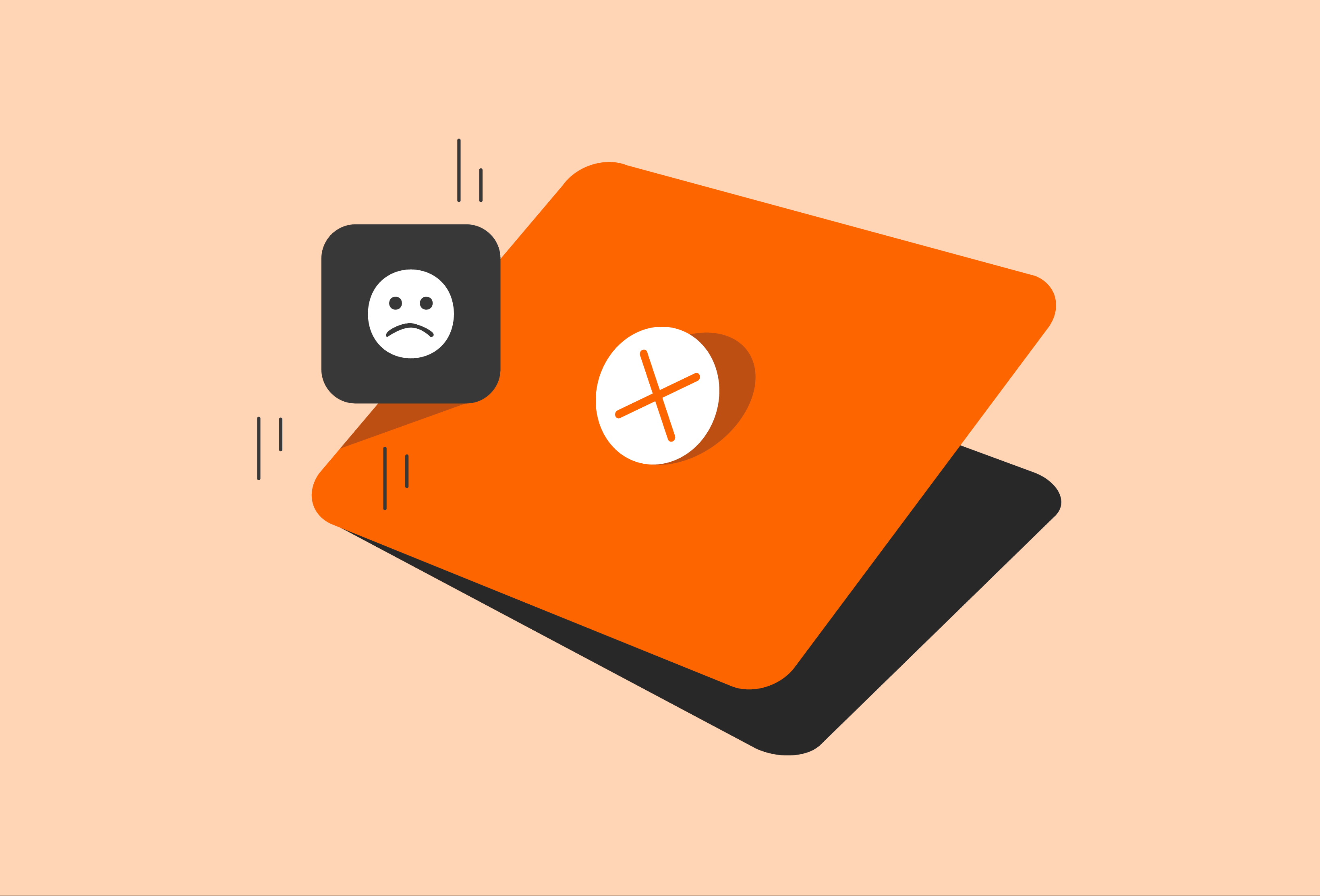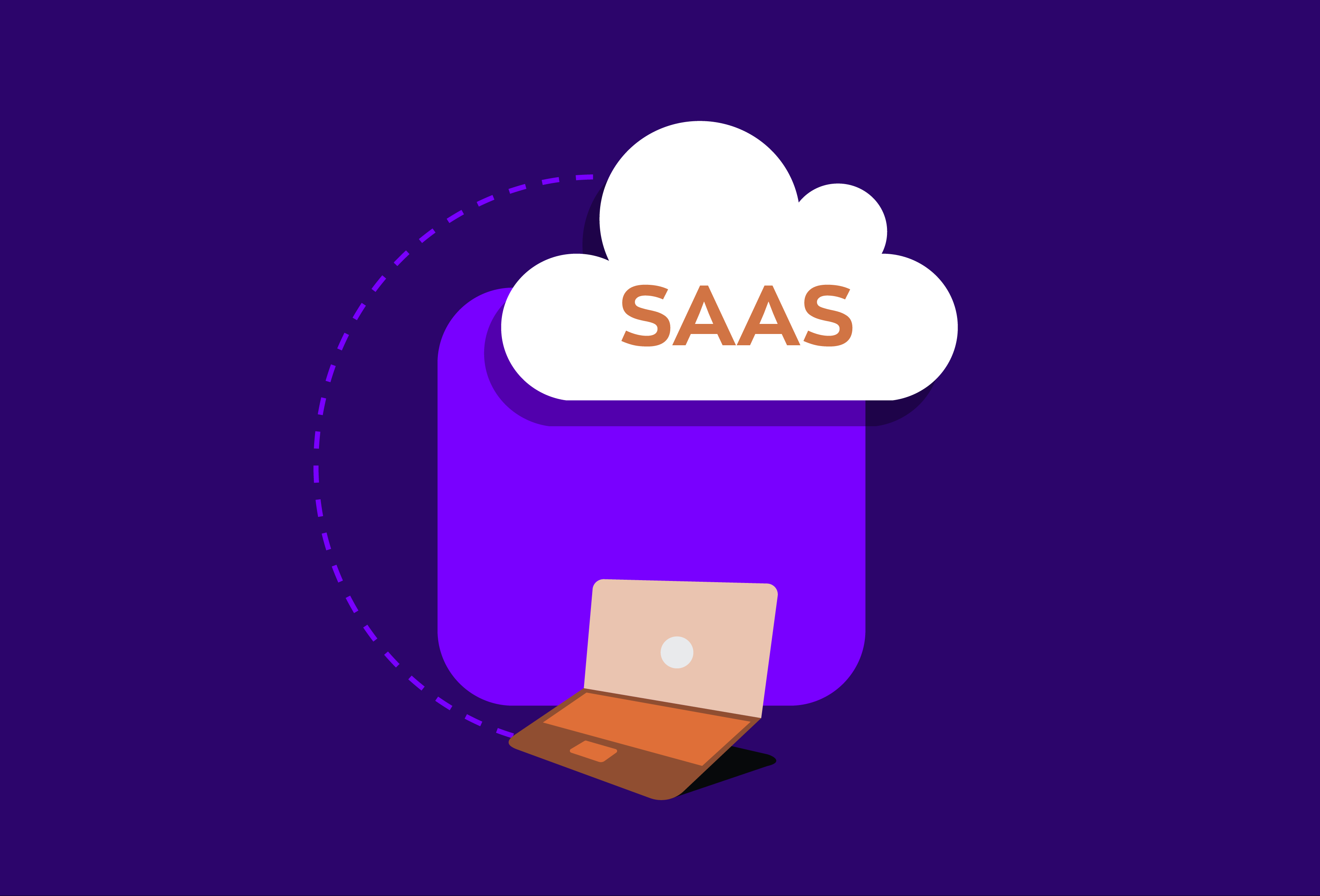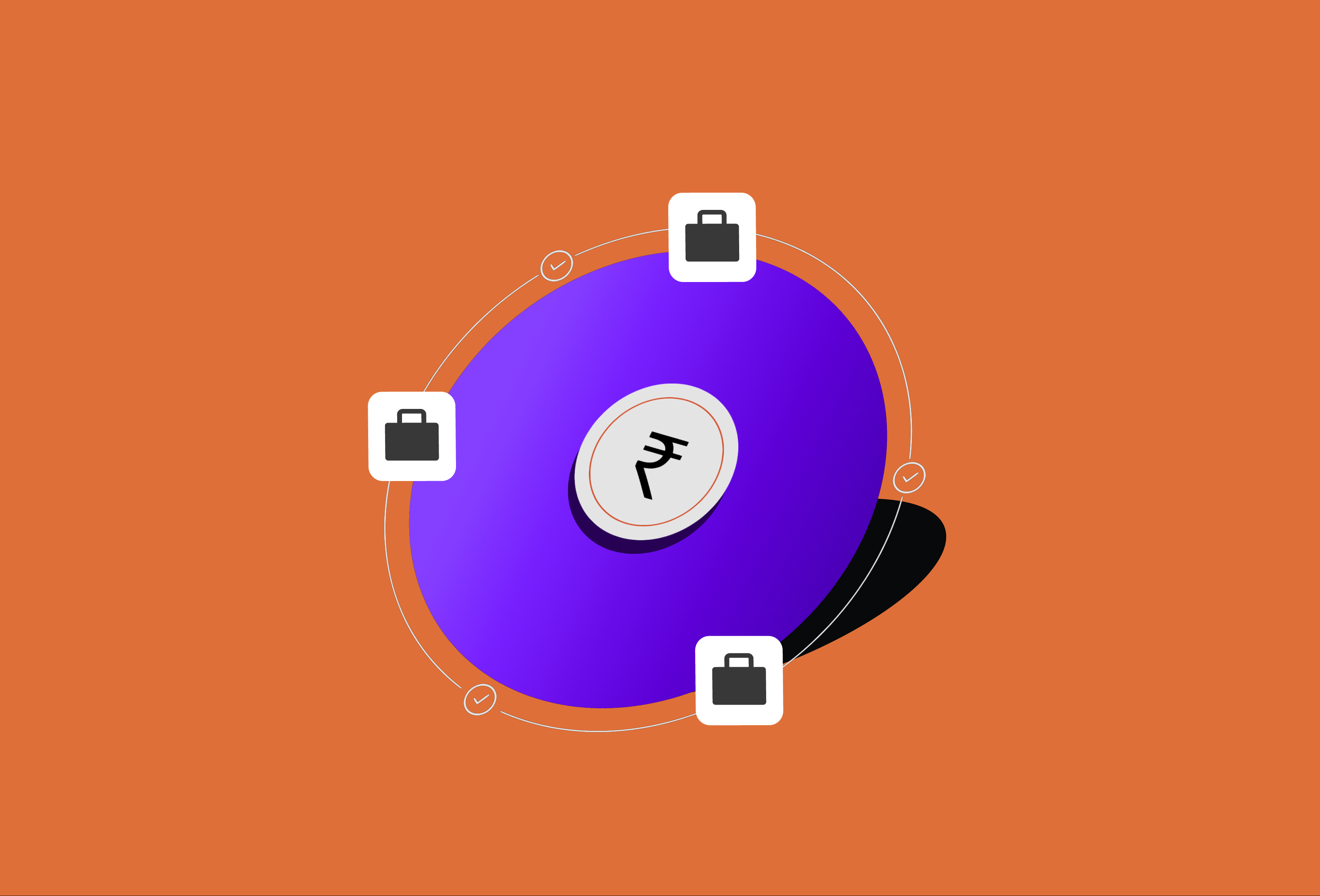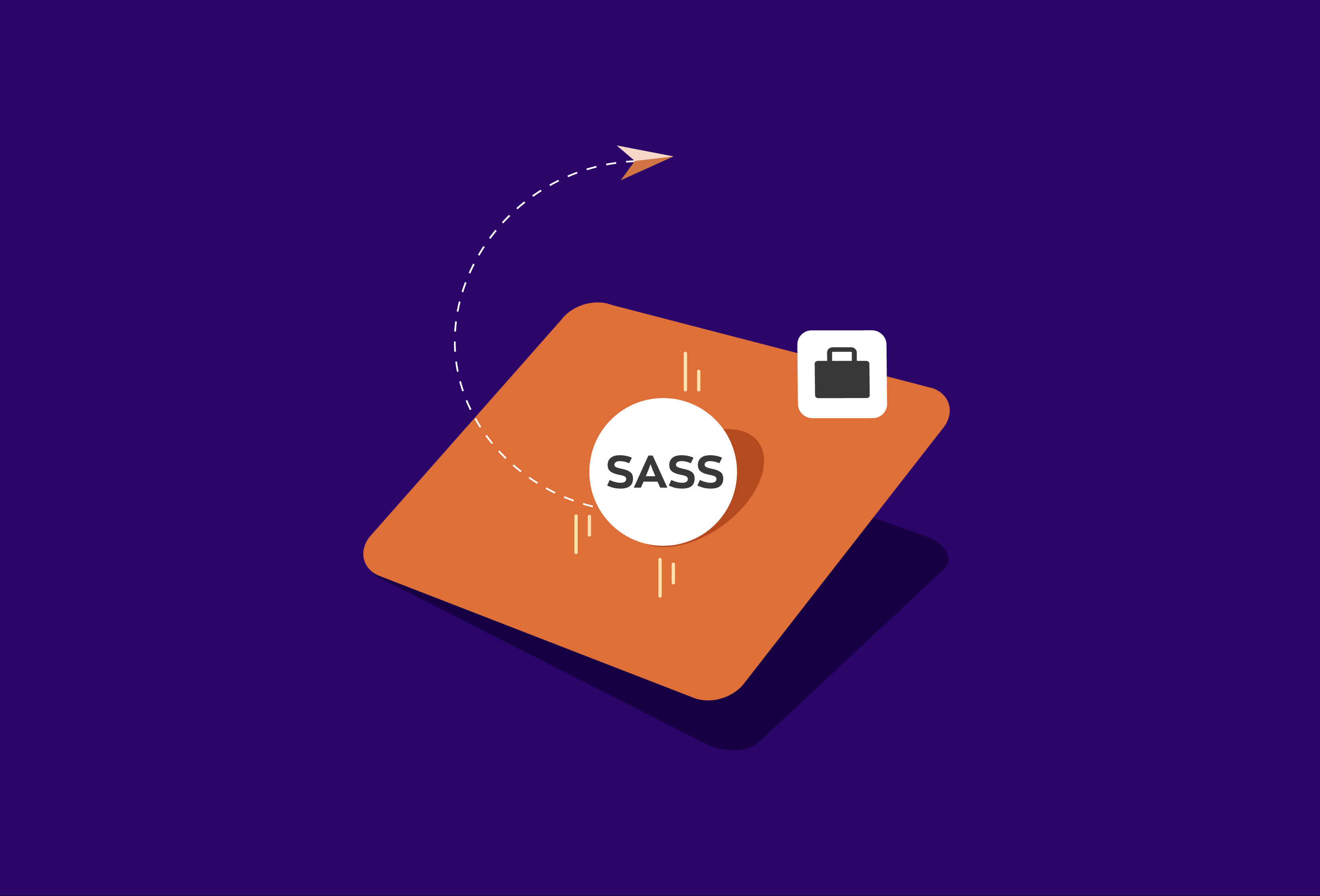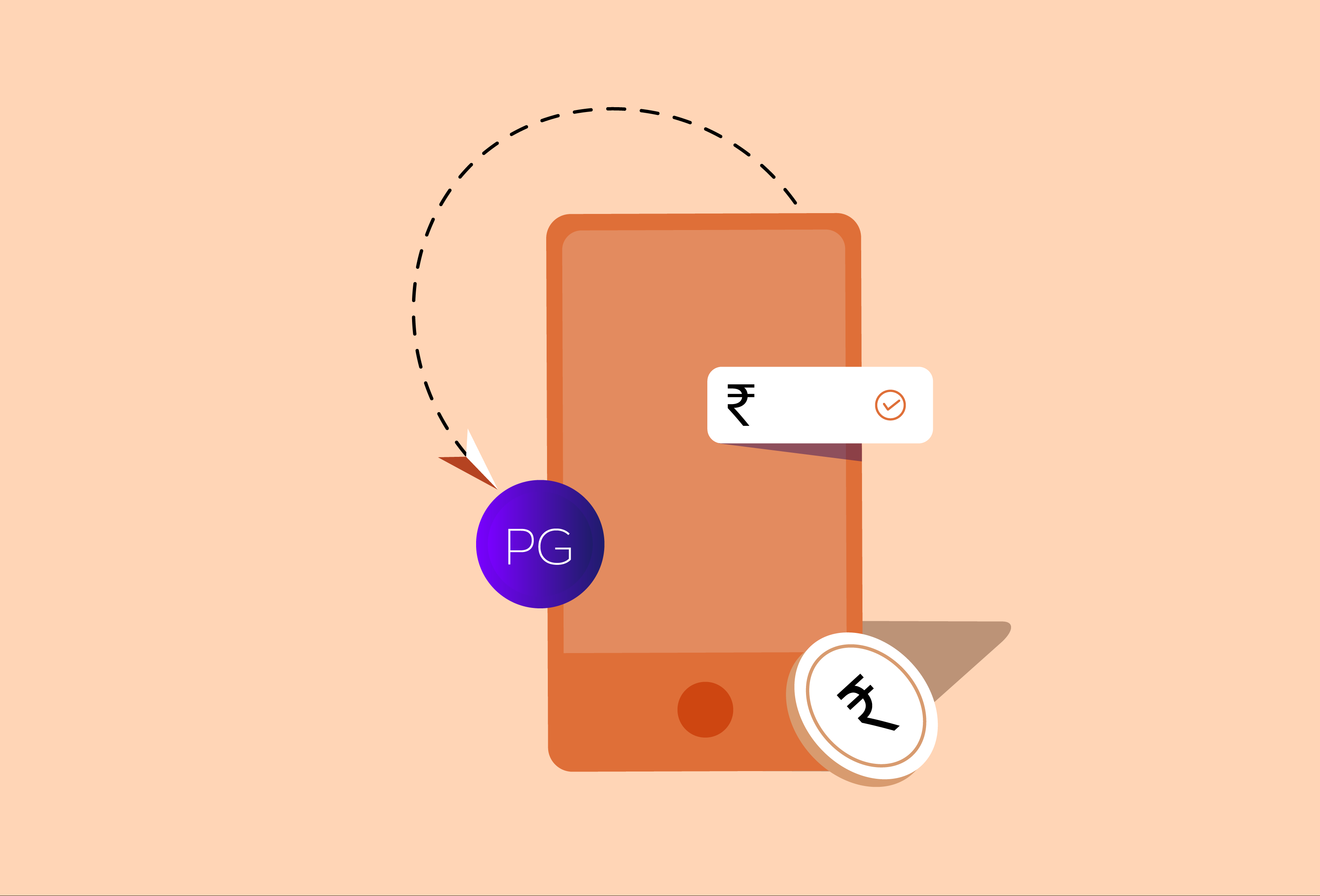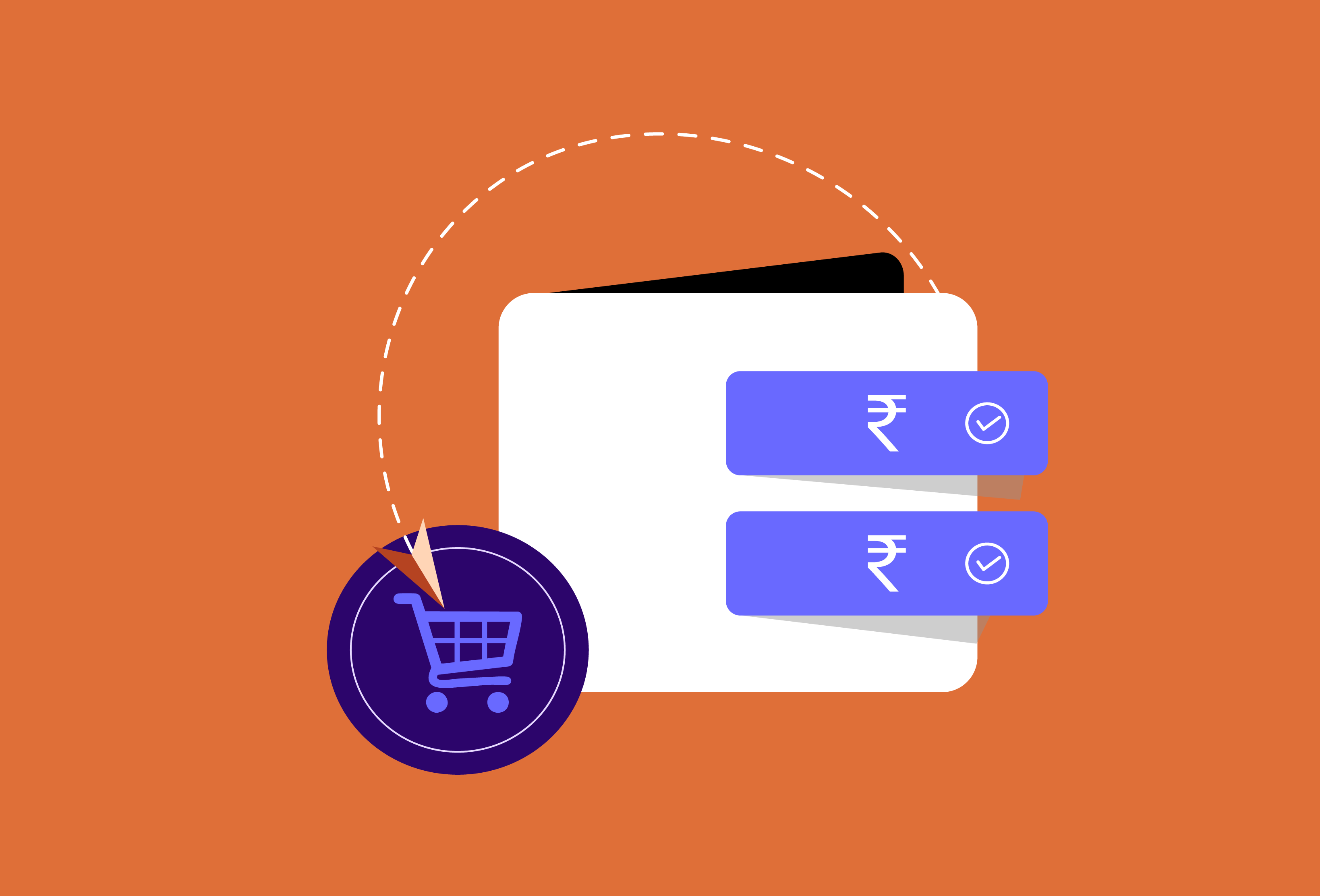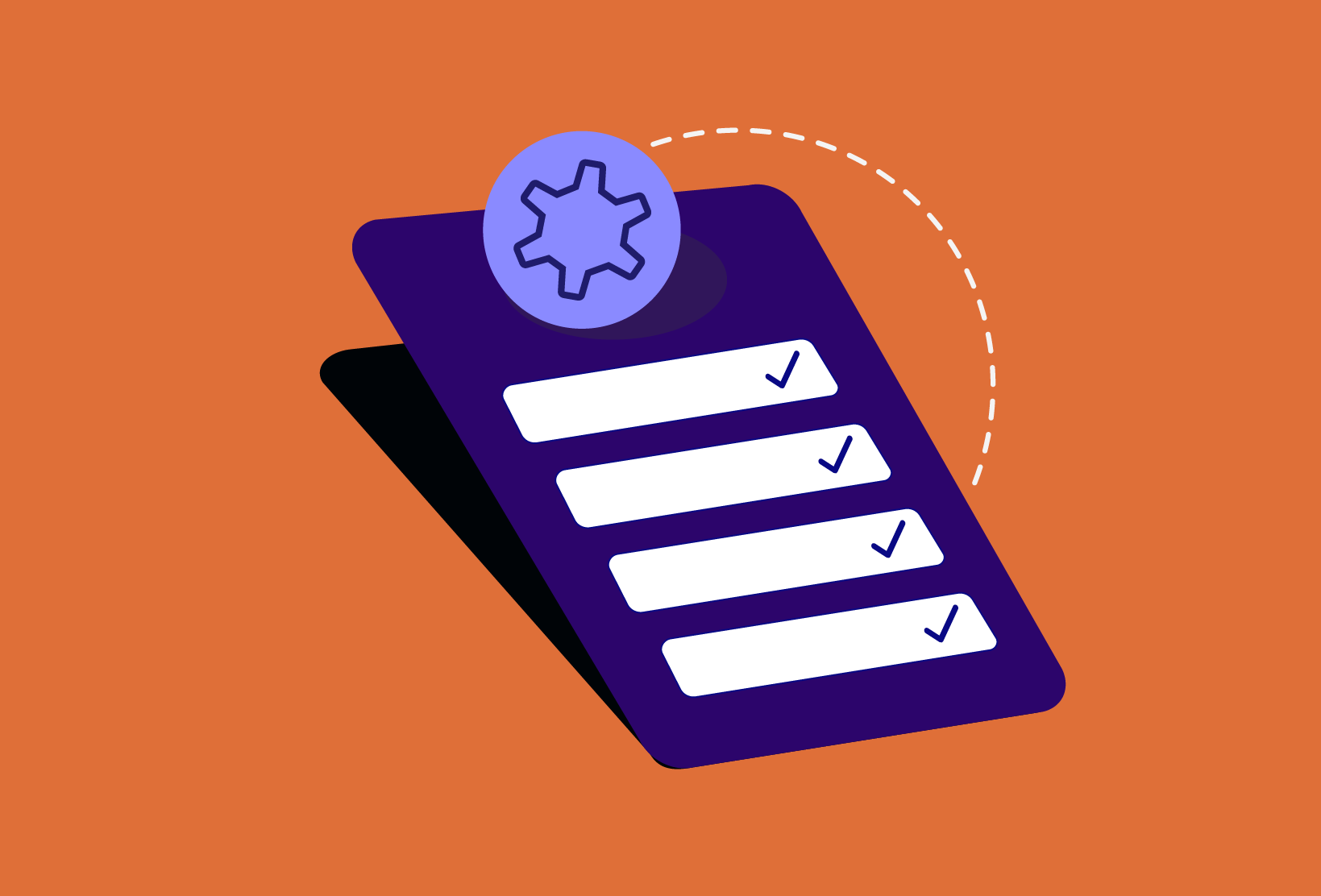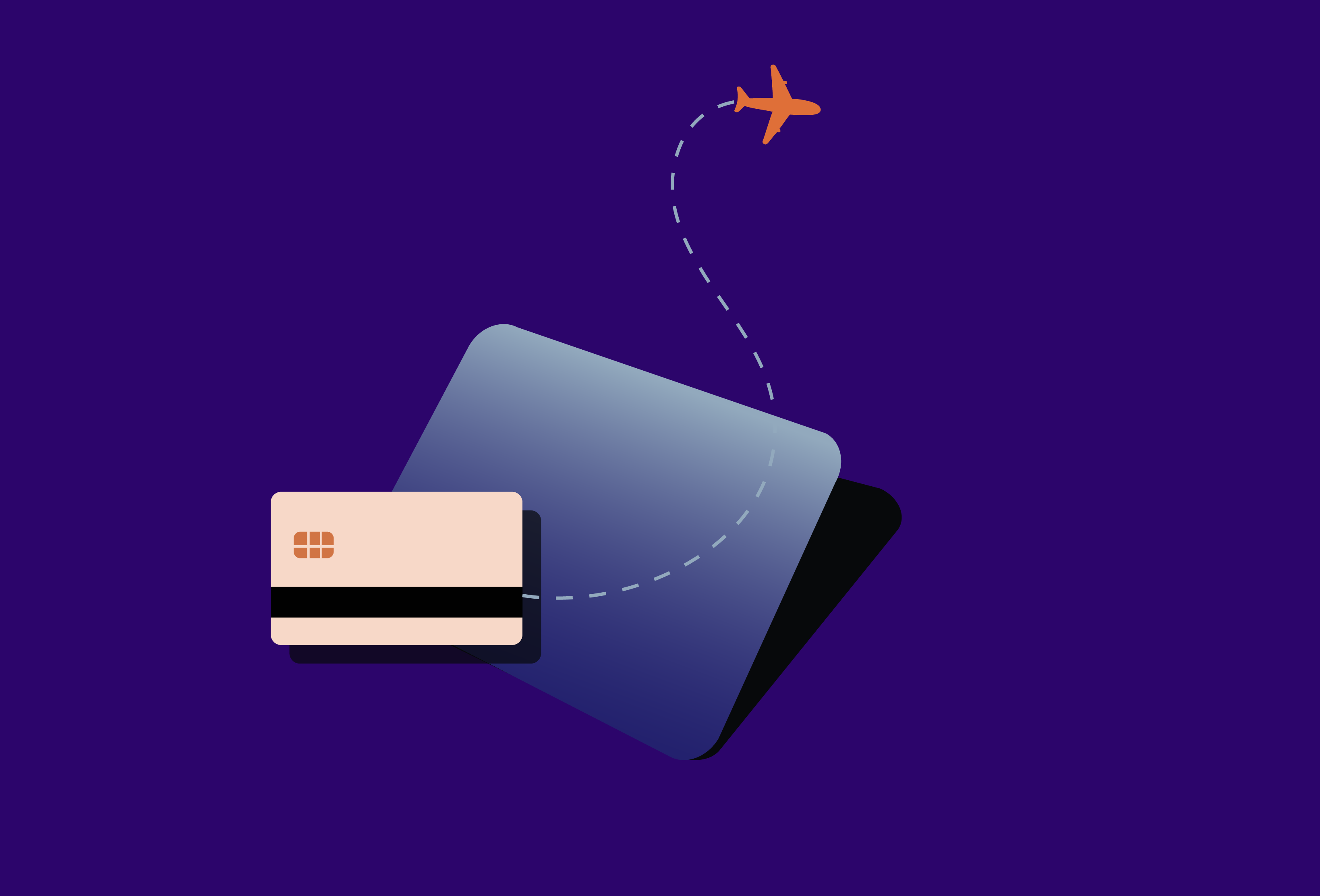There are times when collecting a payment needs to be quick and uncomplicated — no websites, no apps, no long processes. You might be sending an invoice to a client, taking an order over WhatsApp, or collecting a registration fee for an event. In situations like these, a payment link offers a practical way to accept money without adding friction.
It is a tool that has become increasingly useful for businesses of all sizes. With just a few clicks, you can generate a link, send it to a customer, and get paid through UPI, cards, or net banking, no tech setup required. This blog takes a closer look at what payment links are, how they work, and why more businesses are starting to rely on them.
What is a Payment Link?
A payment link is a URL that takes a customer to a secure checkout page where they can complete a payment. The link can be created by a business using a payment service provider and can be shared with customers through SMS, email, WhatsApp, or any messaging platform.
The key advantage of a payment link is its simplicity. You do not need to build a website or integrate any code. Once your account is set up with a payment provider, you can generate a link within seconds and start receiving payments.
Payment links typically support a wide range of payment methods such as UPI, debit and credit cards, net banking, and wallets. The process is designed to be quick, secure, and user-friendly.
Common Use Cases
Payment links are versatile and suit a variety of business needs. Some common examples include:
1. Freelancers and consultants: If you work independently and send out invoices to clients, you can include a payment link directly in the invoice or email to make the process smoother.
2. Online sellers without a website: Many small businesses sell products through Instagram, Facebook, or WhatsApp. A payment link allows them to collect payments from customers without needing an e-commerce website.
3. Educational institutions: Schools, training centres, and coaching classes use payment links to collect admission fees, course fees, or exam charges.
4. Event organisers: Payment links help in collecting registration charges for events, webinars, or workshops, especially when you want a quick way to collect payments from attendees.
How to Create a Payment Link
Creating a payment link is a simple process. While the exact steps may vary slightly depending on the provider, the general process is as follows:
- Create an account with a payment gateway or service provider
To start using payment links, you need to sign up with a digital payment platform that supports this feature. After submitting basic business details and completing verification, you’ll get access to a dashboard where you can generate and manage payment links. - Enter the payment details
Fill in the amount, purpose of the payment, and any customer information you want to include. Some providers also allow you to set an expiry date or limit the number of times a link can be used. - Generate the link
Once the details are added, the system will generate a secure URL. This link leads to a checkout page hosted by the payment provider. - Share the link
You can copy the link and share it via email, SMS, WhatsApp, or any other platform. Some services also let you generate a QR code alongside the link. - Receive and track payments
- Receive and track payments
When the customer clicks the link, they are taken to a payment page where they can choose their preferred payment method. Once the payment is completed, you receive a notification, and the amount is credited to your account as per the settlement timeline. With platforms like Zwitch, businesses also get the added advantage of detailed payment tracking and easy reconciliation, making the entire process more efficient.
Benefits of Using Payment Links
The rise in popularity of payment links is driven by their convenience and wide range of benefits. Here are some key advantages:
- No technical setup required
You do not need a developer, website, or app. Payment links can be created from a simple dashboard and require no coding or integration. - Faster payment collections
Since links can be shared instantly, customers can complete the payment without delay. This reduces the time spent on follow-ups and improves cash flow. - Trackable and transparent
Most payment link providers offer real-time updates, so you know when a link is opened, when payment is completed, or if a link has expired. This helps you keep better records and follow up when needed. - Multiple payment options
Customers can choose from UPI, card, net banking, wallets, or EMI in some cases. This flexibility improves the chance of quick payment. - Customisation options
You can often brand the payment page with your business name and logo, and customise the message to reflect what the payment is for. - Safe and compliant
Payment links are hosted by regulated providers that follow data encryption standards, PCI DSS guidelines, and often come with fraud detection tools.
Things to Consider Before You Start
While a payment link is easy to use, there are a few important factors to keep in mind:
- Fees and charges
Most payment providers charge a small transaction fee, usually a percentage of the amount. It is important to compare the rates and understand if there are any fixed charges or GST applied. - Settlement time
The time it takes for the payment to reflect in your bank account can vary. Some platforms offer next-day settlements, while others may take two to three days. - Customer support
Choose a provider that offers quick customer support in case of payment failures or delays. A smooth experience on both sides is essential. - Bulk link creation and recurring payments
If you send payment requests regularly or in bulk, check if the provider allows bulk upload or API-based link generation. For subscriptions or repeated payments, look for recurring payment link features. - Security and compliance
Ensure the provider uses secure HTTPS links and follows proper authentication protocols. Customers should never be redirected to untrusted pages.
Conclusion
A payment link is a simple yet effective tool for businesses that want to collect payments online without much setup. It offers a flexible way to accept payments from anyone, anywhere, using channels your customers already use every day.
Whether you are just starting out or looking for a more efficient way to manage payments, adopting payment links can reduce manual work, speed up collections, and offer a better experience to your customers.
For businesses that value speed, flexibility, and control, payment links are no longer a nice-to-have option — they are becoming a standard.


